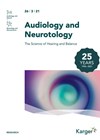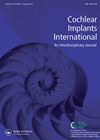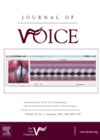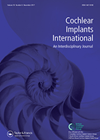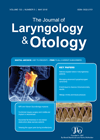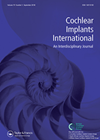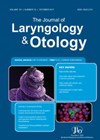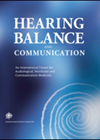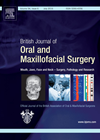
Journal Reviews
Alcohol and hearing
Alcohol is a well-known central nervous system depressant. Individual reactions to alcohol might vary, but the connection between alcohol consumption and tolerance to loud noise or difficulties in communication in noisy environments are well-observed phenomena; for example, at evening parties....
Effect of stimulation levels on speech recognition and auditory threshold performance
When programming a Cochlear® device, two measurements are normally assessed. T levels relate to the quietest sound the CI user can hear i.e. thresholds, and C levels are comfortable levels which are tolerable for the CI user. If these levels...
Multiple surgeries for RRP – does a greater number of operations result in a worse voice outcome?
Recurrent respiratory papillomatosis (RRP) of the larynx remains a challenging condition to treat, with a number of affected patients requiring multiple operations to remove recurrent disease over the course of their lifetime. At the most severe end of the spectrum,...
How to train adults with single-sided deafness and cochlear implants
Cochlear implantation (CI) in patients with single-sided deafness (SSD) has been carried out in Perth, Australia from 2008. It poses challenges to clinicians and patients who are trying to tune in the poorer ear while still having a normally hearing...
Death related to epistaxis
One of the commonest emergencies presenting in ENT is epistaxis. The presentation can be through accident and emergency or through ward referrals. In this national audit of epistaxis management involving 113 centres, it was noted that 33 of the 985...
The paediatric dilemma of one ear in and one ear out of NICE criteria
The auditory implant team in Manchester have implanted a cohort of children where audiological thresholds meet the NICE guidance for cochlear implantation (CI) in one ear only, and the other falls into moderate, severe or sloping loss. These children are...
Hearing loss and QOL
This article evaluates the impact of hearing loss and its rehabilitation on the quality of life (QoL) of adults. The authors suggest that the currently used scale, Aphab, is long, complicated and does not take into account minor changes. The...
Milestones profile for children with cochlear implant
Over the last eight years, Nottingham auditory implant programme have developed and validated a profile of auditory milestones for use with children receiving bilateral cochlear implants under the age of two years. The structure of the Nottingham Auditory Milestones profile...
Effects of age on neuro-physiological processing of speech at brainstem level
Degenerative changes associated with ageing may affect processing of spectral and temporal cues in speech at cortical and subcortical levels, even though these individuals may have normal audiometric thresholds. These changes are more likely to be picked up by speech...
Associated findings in MRI used for detecting acoustic neuroma
Presently, gadolinium enhanced magnetic resonance imaging is the ‘gold standard’ for investigating acoustic neuroma. There are often ‘incidental’ findings that may or may not be significant. In this study of 109 scans, the authors noted an uptake of 0.9% for...
Cochlear microphonics in children
Cochlear microphonics (CM) are generated mainly from outer hair cells and are routinely tested in children with hearing loss in some parts of the world. In this retrospective study, the aim was to compare the cochlear microphonics features (mainly CM...
CT chest surveillance for oral cancer patients
Computed tomography (CT) imaging of the chest is performed as part of the assessment of patients with oral cancer to exclude pulmonary metastasis or synchronous cancer. This process is integral to staging of the disease. In some cases, non-specific pulmonary...

